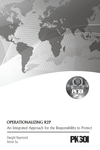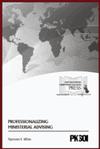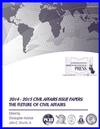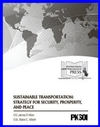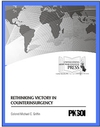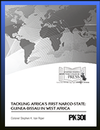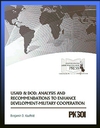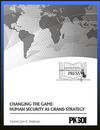US Foreign Police Advising: The Case of Vietnam
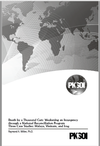
Foreign assistance in policing is not a new phenomenon, but often we fail to consider the past, while planning for the future. Since 1989, the role of the US in several stability operations has increased, such as: Panama (1989), Somalia (1992), Haiti (1994, 2004), Bosnia (1995), Kosovo (1999), Afghanistan (2001), and Iraq (2003). Additionally, US military and civilian organizations have been used to rebuild military and police forces and to provide logistics to international forces (El Salvador, 1991; East Timor, 1999). With the intention of avoiding past mistakes in future stability activities, we have endeavored to capture the lessons from Vietnam policing development.
